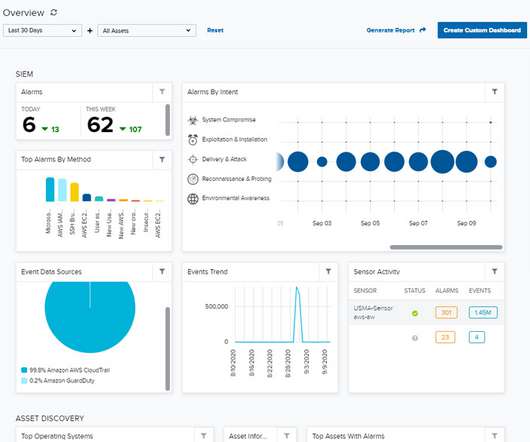Best Internet Security Suites & Software for 2022
eSecurity Planet
FEBRUARY 4, 2022
Originally developed to detect and remove malware or computer viruses, modern antivirus software can now protect against ransomware, browser attacks, keyloggers, malicious websites, and even sometimes phishing attempts. Virtual Private Networks (VPNs). A virtual private network (VPN) takes a public internet connection (i.e.












Let's personalize your content